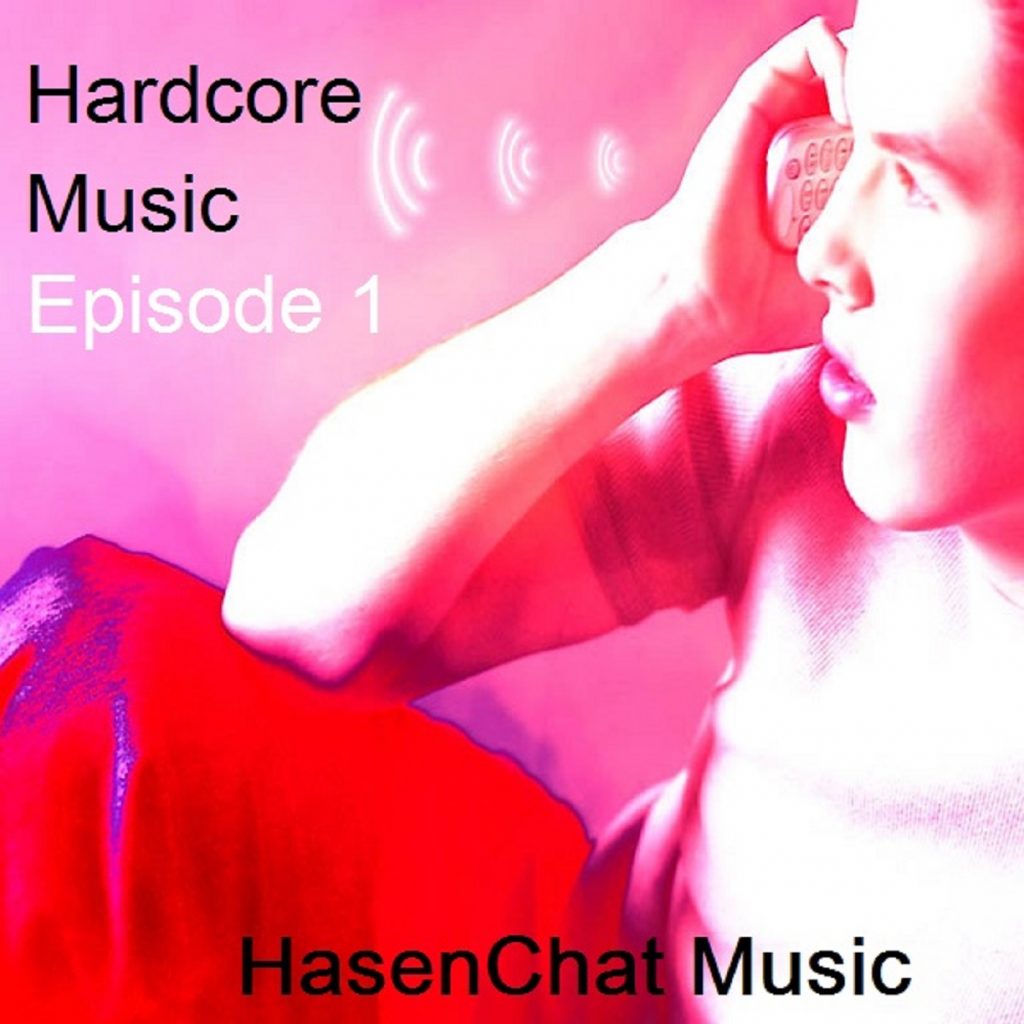
Hardcore music in the United States encompasses various subgenres, each with its unique characteristics and history. Hardcore punk and hardcore electronic dance music (EDM) are two prominent styles within the American hardcore music scene:
- Hardcore Punk:
- Origins: Hardcore punk emerged in the late 1970s and early 1980s as a more aggressive and faster offshoot of punk rock. It’s known for its raw energy, short song durations, and DIY ethos.
- Cities: Hardcore punk scenes developed in several U.S. cities, with notable hubs in Washington, D.C. (Minor Threat, Bad Brains), New York City (Agnostic Front, Cro-Mags), and Southern California (Black Flag, Circle Jerks).
- Characteristics: Hardcore punk features intense, shouted vocals, fast and distorted guitar riffs, and lyrics often addressing political, social, or personal issues. Bands like Dead Kennedys and Minor Threat are influential in the genre.
- Subgenres: Over the years, hardcore punk evolved into subgenres like melodic hardcore, post-hardcore, and metalcore, each adding unique elements to the sound.
- Hardcore EDM (Hardcore Techno):
- Origins: Hardcore EDM, also known as hardcore techno, originated in the late 1980s and early 1990s, primarily in the United Kingdom and the Netherlands. It later gained popularity in the U.S.
- Characteristics: Hardcore EDM is characterized by its fast tempo, typically ranging from 160 to 200 BPM (beats per minute), aggressive beats, distorted basslines, and high-energy melodies.
- Rave Culture: Hardcore EDM was closely tied to the rave and underground dance music culture of the 1990s. It was often associated with all-night dance parties and warehouse raves.
- American Hardcore: The United States developed its own hardcore EDM scene, with artists like DJ Isaac, DJ Venom, and the Happy Hardcore duo Scooter gaining popularity.
- Evolution: Hardcore EDM continues to evolve, giving rise to subgenres like happy hardcore, gabber, and breakbeat hardcore, each with its distinct style.
- Crossover Acts: Some American bands and artists have combined elements of hardcore punk and hardcore EDM, blurring the lines between genres. For example, bands like The Prodigy and Atari Teenage Riot infused punk and hardcore elements into electronic music.
Both hardcore punk and hardcore EDM have passionate fan bases and have made significant contributions to the American music landscape. They continue to evolve and inspire new generations of musicians and fans.